BBC Earth newsletter
BBC Earth delivered direct to your inbox
Sign up to receive news, updates and exclusives from BBC Earth and related content from BBC Studios by email.
Animals
Finding that special someone in your life is a beautiful thing, but when it comes to animals it's also quite rare.
Although an estimated 90% of bird species partner up for life, the same can’t be said for mammals.
According to Hemanth P. Niar and Larry J Young’s study, Genes to Brain to Behavior, it is estimated that only 3% to 5% of all mammal species (excluding humans) form monogamous relationships. And even then, it’s complicated.
But despite their rarity, life-long partnerships throughout the animal kingdom can be found, from canine power couples to worms who take the idea of becoming one to a whole new level. Here are seven animals that are in it for the long haul.
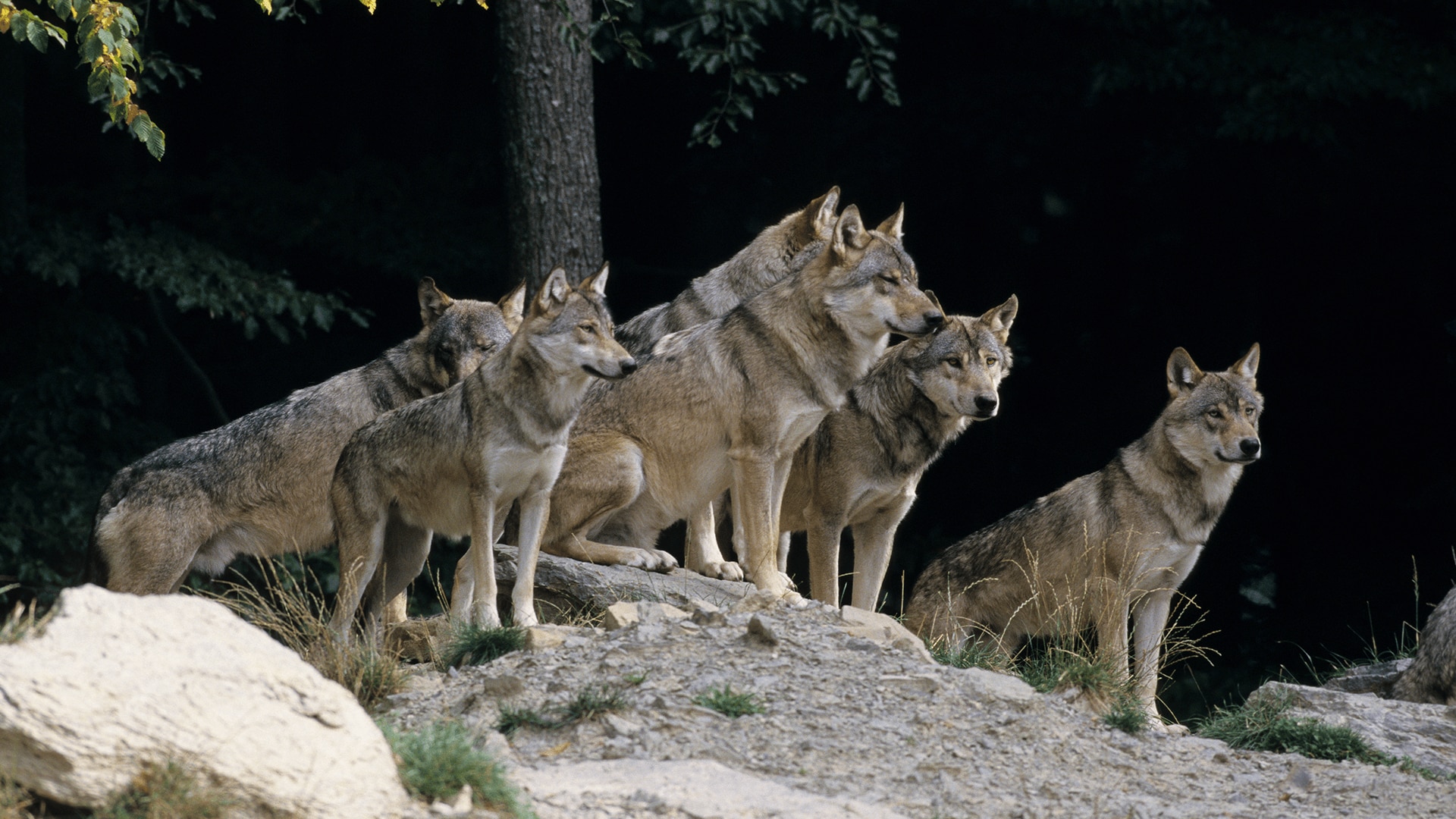
In a grey wolf pack, it is usually only the male and female alpha who are allowed to breed, The pair mate for life as a way to cement their position as pack leaders, producing a new litter each year and ensuring the stability of the rest of the pack. As explained by David W. Macdonald et al in Monogamy: Cause, Consequence, or Corollary of Success in Wild Canids, monogamy makes it easier for alphas to display their strength and superiority over the other male members of the pack. Defending one mate against advances is much easier than trying to protect numerous partners, assuring their place as top dog.
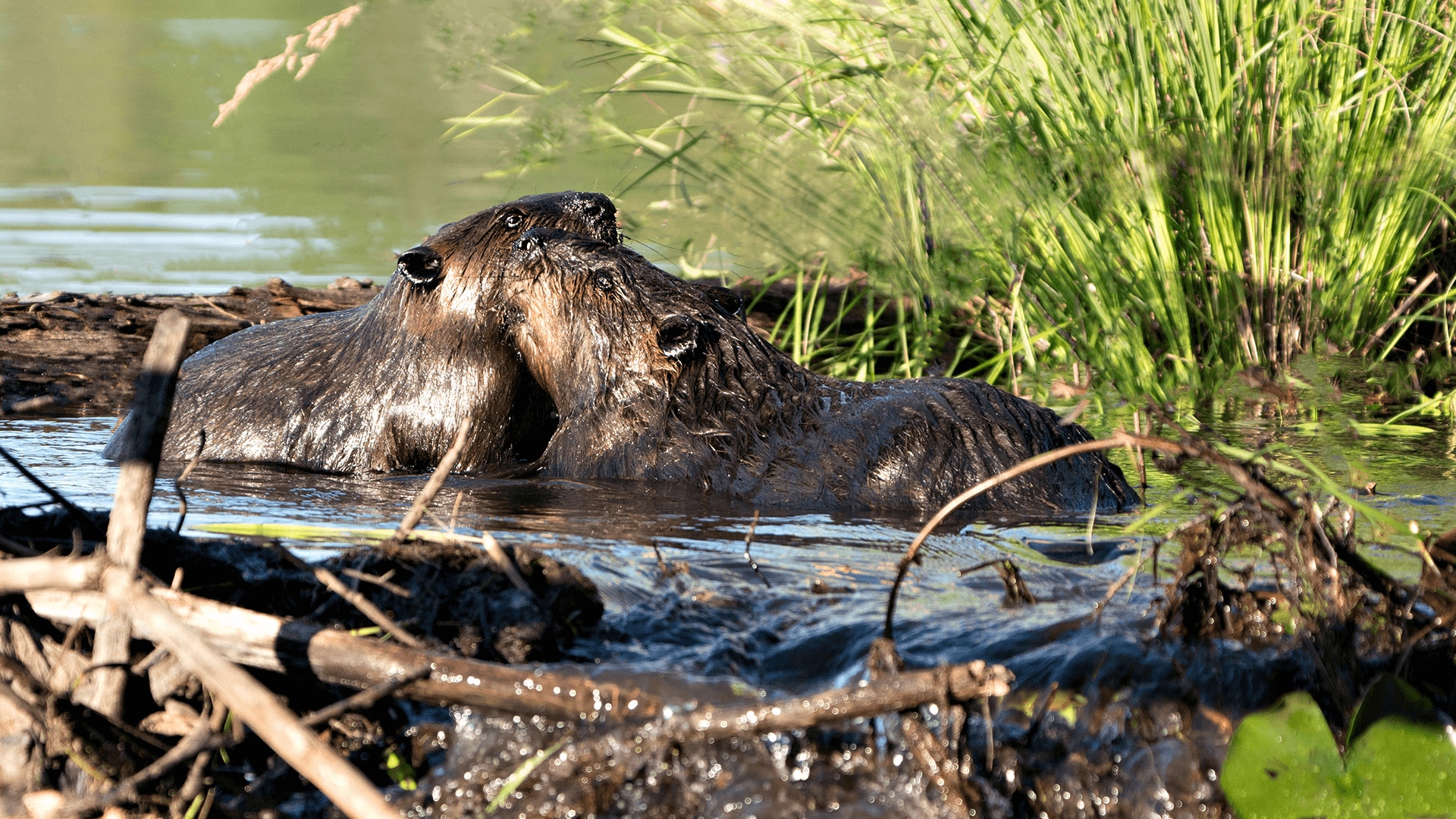
For Eurasian beavers, monogamy is more about practicality than romance. Unlike their North American counterparts who have been known to mate outside their bonded partners, Eurasian beavers team up for life as a way to increase their chances of survival. Although one of their primary sources of food is tree bark, its lack of nutritional value means that beavers need to eat a lot of bark to keep themselves going. So, by pairing up, couples can split their workload and ensure everything gets done. In a study by Sam M J G Steyaert, Andreas Zedrosser and Frank Rossel for Oecologia, research found that tasks divided between pairs included maintaining their dams and lodges, guarding their territory and sharing the parenting duties.
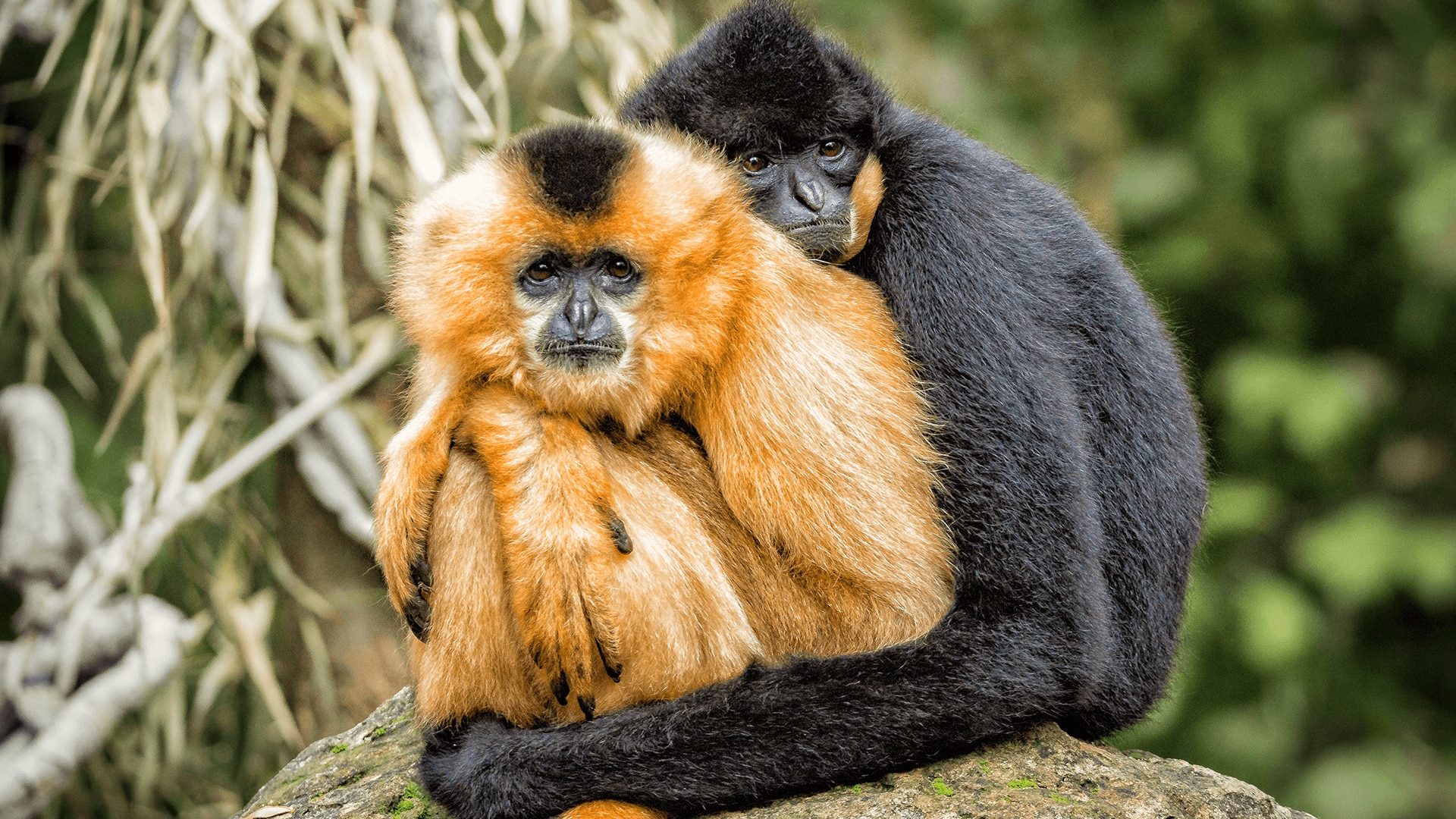
Many human couples can relate to having a ‘song’ – a certain track that was playing during a pivotal moment in their relationship – but for gibbons (Hylobatidae) it is this song that draws couples together in the first place. Paired gibbons perform 'duets', a series of vocal cries that combines their individual mating calls into a single song that becomes intrinsic to their relationship. According to Thomas Geissman and Mathias Orgeldinger’s study, The relationship between duet songs and pair bonds in siamangs, these loud, long and well-coordinated duets are sung during intimate moments such as mutual grooming or when pairs are separated. As female gibbons remain within the centre of the pair's territory, keeping the song going prevents their male partner from straying too far from home.
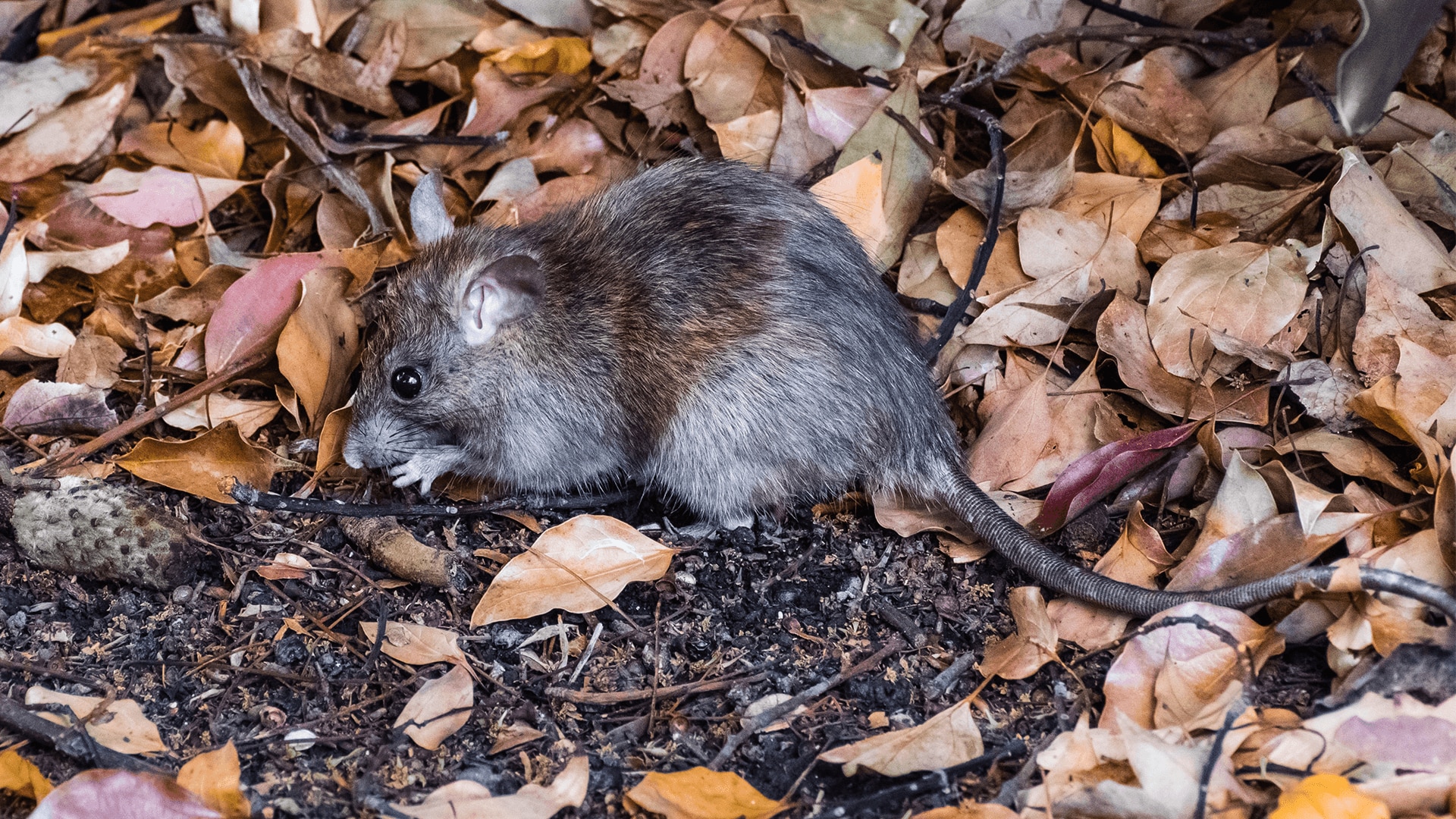
California mice (Peromyscus californicus) form life-long pairings, but as is often the case in human relationships, it isn’t all smooth sailing. While a study for Behavioral Ecology and Sociobiology by David J. Gubernick and J. Cully Nordby found that an overwhelming majority of mice remained loyal to their partner when placed with another mouse under laboratory conditions, similar research carried out by Joshua D. Pultorak for Frontiers in Ecology and Evolution noted some tense conversations upon being reunited. About half of the couples engaged in ‘angry barks’ after separation, regardless of whether the partner had cheated, although this ‘arguing’ stopped after around a week. What’s more, those who returned to friendly relations more quickly were found to be more likely to raise healthy offspring.
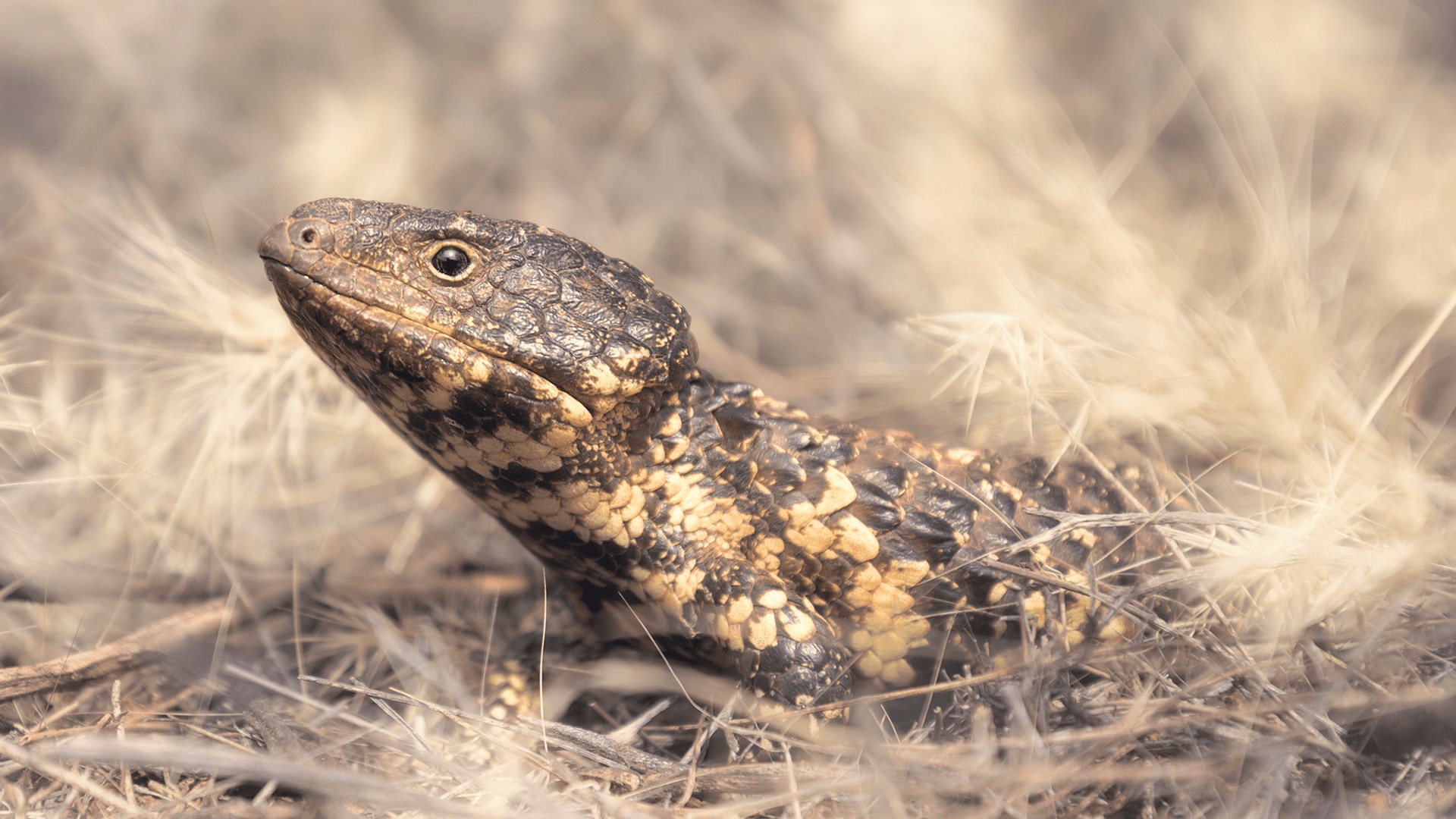
Long-term monogamy in lizards is rare, but the shingleback (also known as the bobtail or Australian sleepy lizard) is the exception. Although they mostly live in solitude, these small, slow-moving lizards return to the same partner year after year for the mating season. According to Michael Bull et al’s study, Why is Social Behaviour Rare in Lizards? Lessons from Sleepy Lizards, most lizards form long-term bonds of around 10 to 15 years – although one relationship lasted as long as 27 years and was still going strong at the end of the experiment. This is because those who return to an existing partner can begin mating quicker than those still trying to find a mate, leading to an increased chance of successful fertilisation. And while new couples are getting to know each other, those who have already done the deed can spend more time focusing on their pregnancy – and watching out for predators.
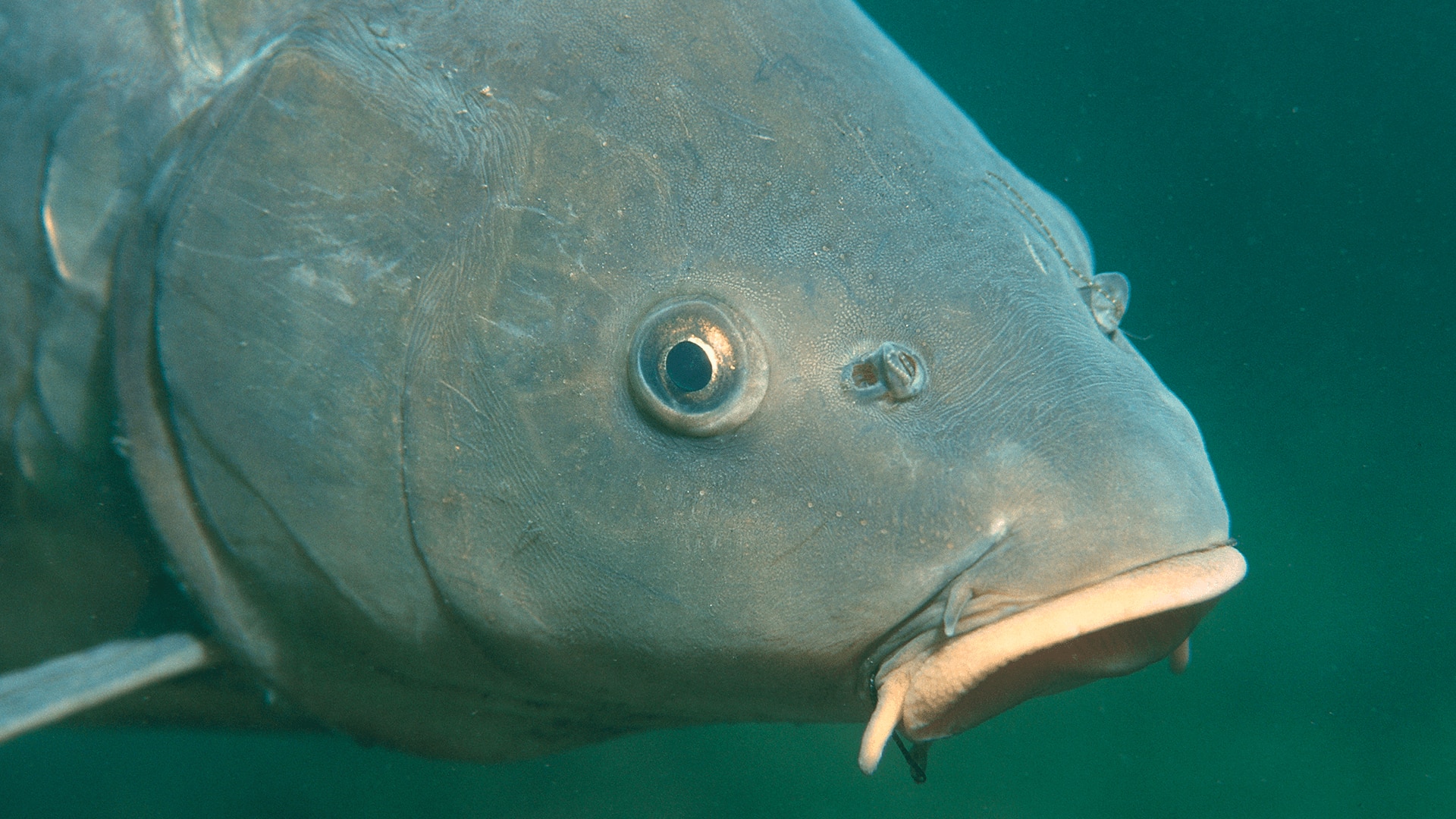
One species that takes the idea of ‘meeting your other half’ very literally is the Diplozoon paradoxum, a species of parasitic flatworm that lives in the gills of cyprinid fish such as minnows or carps. As explained by Wey-Lim Wong and Stanislav Gorb in their study for The Journal of Experimental Biology, although born as single dirporpa (larva), each individual Diplozoon paradoxum must conjoin with another specimen or it cannot reach adulthood. Mating kickstarts not only the impregnation process – they can cross-fertilise – but also extends their life expectancy by several years, as the two individuals become permanently fused as a single H-shaped specimen. This is one couple that really is stronger together!
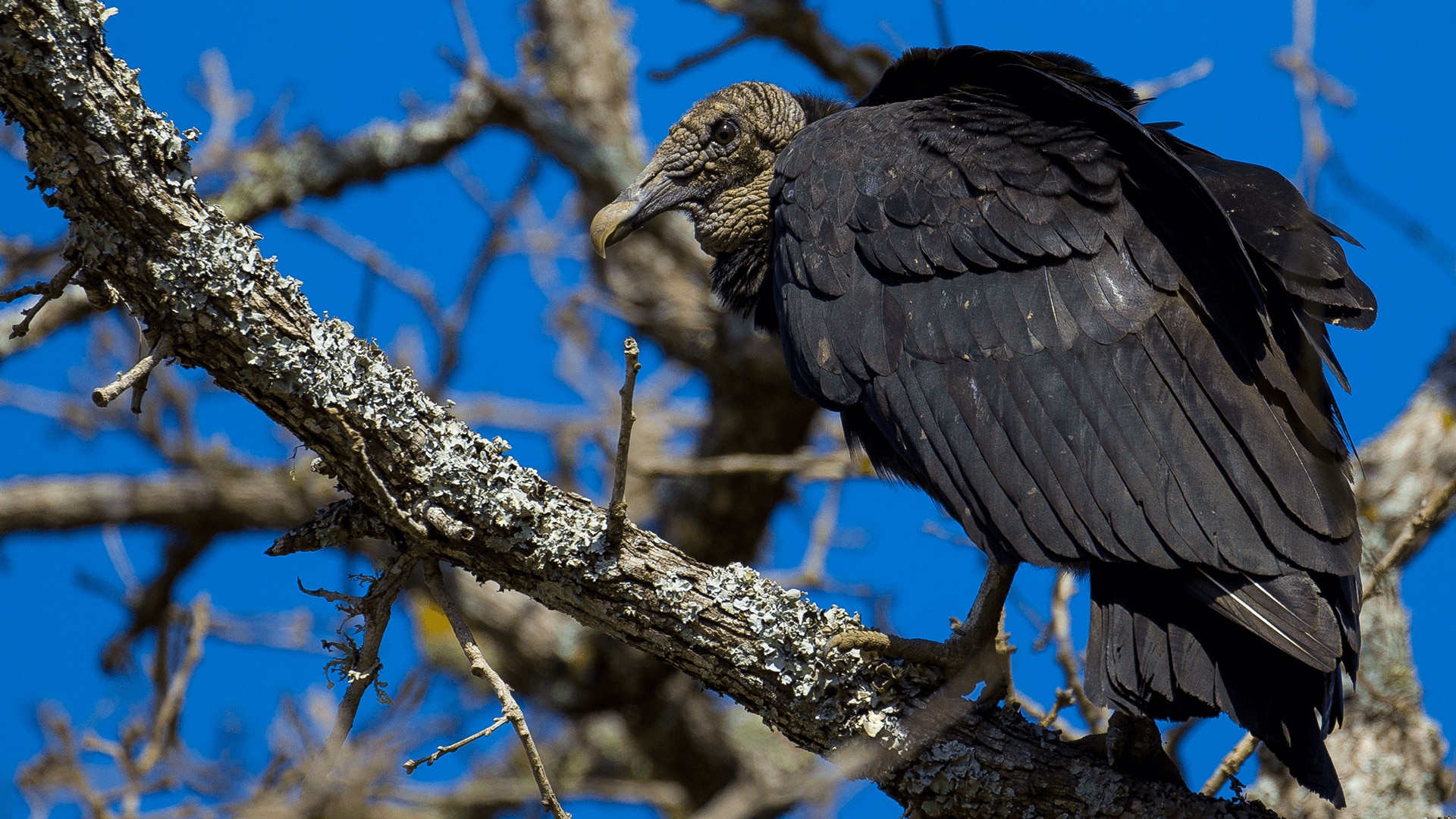
Unlike mammals, monogamy is the norm when it comes to birds. Take black vultures (Coragyps atratus), for example – once a male locates a partner, a courtship ritual ensues that can sometimes finish in a mid-air mating dance. After the eggs are laid, both vultures share the responsibility of incubating the eggs by each taking turns in 24-hour shifts.
But it’s not all bliss. What differentiates black vultures from other birds is how their monogamy is enforced. If a partner is caught philandering in public, the rest of the flock will turn on them with a brutal attack, forcing them to retreat to the marital nest – and in the process dissuading any other vultures from considering infidelity in the future.
Featured image © Anup Shah | Getty